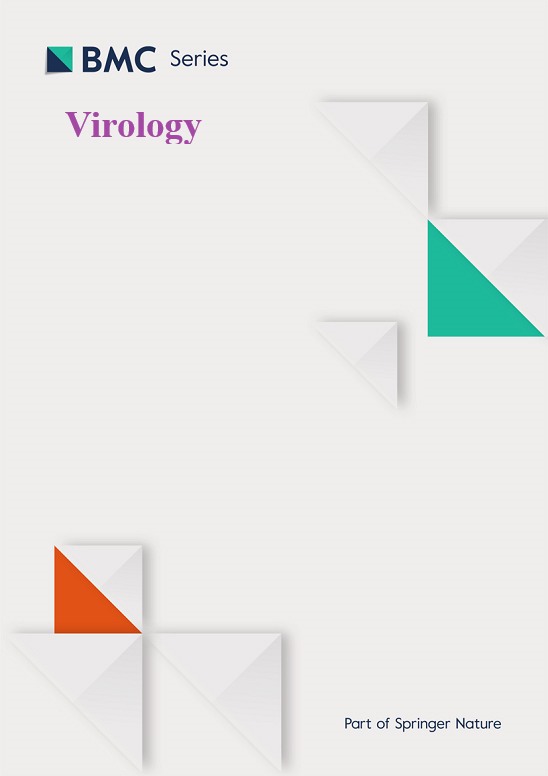Mouse models of Kaposi sarcoma-associated herpesvirus (KSHV)
IF 2.8
3区 医学
Q3 VIROLOGY
引用次数: 0
Abstract
Infection with Kaposi sarcoma-associated herpesvirus (KSHV) is a prerequisite for the development of several human cancers, including Kaposi sarcoma and primary effusion lymphoma. Efficient long-term infection with KSHV and subsequent virally induced cell transformation is limited to humans, resulting in a lack of small animal models for KSHV-driven malignancies. Various attempts to create a mouse model for KSHV include infection of humanized mice, generating transgenic mice that ectopically express viral proteins, and grafting KSHV-infected tumor, primary, or immortalized cells onto immunodeficient mice. While no single mouse model can recapitulate the full range of KSHV-associated pathologies described in humans, each model adds an essential piece to the complete picture of KSHV infection and oncogenesis.

卡波西肉瘤相关疱疹病毒(KSHV)小鼠模型。
感染卡波西肉瘤相关疱疹病毒(KSHV)是几种人类癌症发展的先决条件,包括卡波西肉瘤和原发性积液性淋巴瘤。有效的长期感染KSHV和随后的病毒诱导细胞转化仅限于人类,导致缺乏KSHV驱动的恶性肿瘤的小动物模型。创建KSHV小鼠模型的各种尝试包括人源化小鼠感染,产生异位表达病毒蛋白的转基因小鼠,以及将KSHV感染的肿瘤,原代或永生化细胞移植到免疫缺陷小鼠上。虽然没有一个单一的小鼠模型可以概括人类描述的KSHV相关病理的全部范围,但每个模型都为KSHV感染和肿瘤发生的完整图景增添了重要的一部分。
本文章由计算机程序翻译,如有差异,请以英文原文为准。
求助全文
约1分钟内获得全文
求助全文
来源期刊

Virology
医学-病毒学
CiteScore
6.00
自引率
0.00%
发文量
157
审稿时长
50 days
期刊介绍:
Launched in 1955, Virology is a broad and inclusive journal that welcomes submissions on all aspects of virology including plant, animal, microbial and human viruses. The journal publishes basic research as well as pre-clinical and clinical studies of vaccines, anti-viral drugs and their development, anti-viral therapies, and computational studies of virus infections. Any submission that is of broad interest to the community of virologists/vaccinologists and reporting scientifically accurate and valuable research will be considered for publication, including negative findings and multidisciplinary work.Virology is open to reviews, research manuscripts, short communication, registered reports as well as follow-up manuscripts.
 求助内容:
求助内容: 应助结果提醒方式:
应助结果提醒方式:


